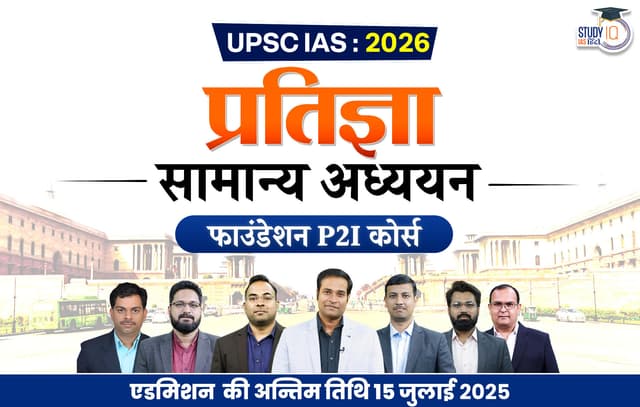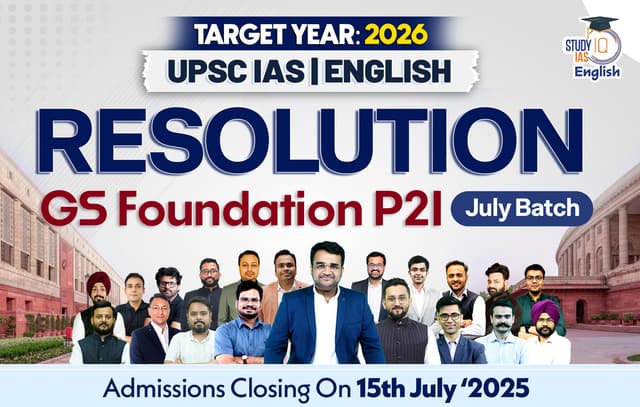Table of Contents
What Makes India a Federal Country?
India’s federal system is unique in that it incorporates characteristics of both a true federation and a unitary state. There are two independent centres of power in a federation system, each with its own jurisdiction. India is considered a quasi-federal system due to the balance between federal and unitary elements. In a federal system, as opposed to a unitary one, sovereignty is constitutionally divided between two territorial levels, allowing each level to act alone in specific circumstances.
Types of Federations
There are two kinds of federations exist:
- Holding Together Federation: In this type of federation, power is shared among different parts to respect the diversity of the whole country. Usually, the central government has more power. Examples include Belgium, Spain, and India.
- Coming Together Federation: In this type, independent states join together to form a larger nation. The states have more freedom compared to a holding together federation. Examples are the USA, Australia, and Switzerland.
Key Features of Federal System of India
- Dual government polity
- Division of powers between various levels
- Rigidity of constitution
- Independence judiciary
- Dual citizenship
- Bicameralism
Federalism in India
India has a federal system of government, but it leans more toward a unitary one. Given that it has elements of both a federal and a unitary system, it is occasionally referred to as a quasi-federal system. India, or Bharat, must be a union of states, according to Article 1 of the Indian Constitution. The constitution omits using the word “federation.”
The Government of India Act of 1919, which divided powers between the federal government and the province legislatures, introduced elements of federalism into modern India.
India as a Federal State
Due to the separation of powers between the federal and state governments, India is a federal country. There are three lists between the central and state governments in India.
Union List
It includes topics with significant national implications, like the military, foreign affairs, finances, banking, and communications. The union government has the authority to enact laws in the regions listed on the union list.
| Union List |
|
State List
It covers issues like irrigation, law enforcement, and the economy that are important on a global, regional, and local scale. Only the state government has the power to establish laws on the issues on this list.
| State List |
|
Concurrent List
It covers subjects that are of equal concern to the federal and state governments. The judiciary has outlined the supremacy of the constitution as its fundamental structure that cannot be altered. The constitution of India is the top law.
Independent judiciary is something that the constitution guarantees, along with integration. Lower and district courts are located at the lowest levels, state-level high courts are located in the middle, and the Supreme Court of India is located at the very top. The Supreme Court is supreme above all other courts.
| Concurrent List |
|
Unitary Features of the Indian Union
- The Constitution’s flexibility: The Constitution combines rigidity and flexibility. The constitution can be simply modified in several cases. If the reforms aim to alter some facets of India’s federalism, it is difficult to implement the necessary changes.
- With the Center, more power vests: The Union List guarantees additional powers under the constitution. The parliament has the authority to enact legislation on topics on the Concurrent List that may, in some cases, supersede laws passed by state legislatures. The parliament has the authority to enact laws about some of the State List topics.
- Unfair state representation in the Rajya Sabha: The population of each state is used to determine how each state is represented in the upper chamber. For instance, Goa has one seat while Uttar Pradesh has 31 in the Rajya Sabha. In a perfect federal system, each state would be represented fairly.
- The legislature includes the executive as well: The legislature in India includes the executive in both the centre and the states. The separation of authority between the several branches of the government is violated by this.
- The Lok Sabha is more powerful than the Rajya Sabha in our system because giving two houses different levels of authority goes against the federalist principle.
- Emergency authority: The centre is given emergency authority. The centre has more influence over states when an emergency is declared. The states’ independence is threatened by this.
- Judiciary integrated: The Indian judicial system is integrated. At the federal and state levels, there is no distinction between the judiciaries.
- Single citizenship: It is the sole type of citizenship accessible to people in India. They are not also allowed to be state citizens. This fosters togetherness despite regional and cultural diversity, which heightens the sense of nationality. Additionally, it strengthens essential freedoms like the ability to travel and dwell anywhere in the country.
- Appointment by the governor: The governor of a state represents the centre in the state. The centre appoints the governor, not the state government.
- Formation of new states: The parliament has the authority to change a state’s territory by enlarging or contracting its size. A state’s name may also be altered.
- All India Services: The central government interferes with the executive authority of the states through the All India Services, which include the IAS, IPS, and others. Additionally, these services provide national administrative homogeneity.
- Integrated election machinery: The Election Commission of India is in charge of holding free and impartial elections throughout India, both at the national and state levels. The president appoints the members of the EC.
- State governors have the power to withhold certain types of legislation from the president’s consideration. On these bills, the president has unrestricted veto power. Even in the second attempt, after the state legislature has sent the law back for reconsideration, he has the option of rejecting it. The Federalist principles are broken by this clause.
- Integrated auditing system: The country’s president names the CAG, who examines the books of both the centre and the states.
- Removal of key officials: Even at the state level, the state government or state legislature lacks the power to oust certain key government figures, such as the state’s election commissioner, high court justices, or the head of the state public service commissions.
Federal Features of the Indian Union
The Development of Linguistic States
Since gaining independence, several new states have been created in India. Most of these states are formed based on the language spoken by the people and their region. These are called linguistic states. Examples include Karnataka, Kerala, and Tamil Nadu.
Language Guidelines
Besides Hindi, the Constitution lists 21 other languages as Scheduled Languages. While the Union government recognizes Hindi as the official language, each state has its own official language. All official work in the states is done in their respective official languages.
Center-State Relationships
If no single party wins a majority in the Lok Sabha elections, big national parties team up with regional parties to create the government. This way, power is shared between the central government and the states, while allowing the states to keep their independence.
Federalism: Fundamental Elements of Decentralization
Federalism helps explain the main ideas behind decentralization, which is important for strengthening local governments. Decentralization means giving power to local governments from the federal and state levels. The goal is to solve most problems at the local level, allowing local people to take part in decision-making. Changes to the constitution in 1992 created a new level of democracy. The constitution outlines the key features of this third level of government:
- To fill vacancies in the various local governmental entities, elections must be held frequently.
- In municipal governance, women are only permitted to hold one-third of the positions.
- The State Election Commission was constituted in each state to oversee the administration of municipal and Panchayat elections.
- Local governing bodies and state governments must share resources and power;
- Members of the SC, ST, and other disadvantaged groups are given preference in local elections for executive positions; and there are distinct revenue-sharing formulas for each state.
Federalism: Principal Elements
The existence of two or more levels (or tiers) of government is one of the federalism system’s distinguishing characteristics. The same population is governed at various levels, but each level has its JURISDICTION over specific legal, fiscal, and administrative issues. Each level of government is guaranteed to exist and have authority under the Constitution.
No level of government may unilaterally alter the fundamental tenets of the Constitution. Both levels of government must agree on such measures. The constitution and the authority of various governmental levels can be interpreted by the courts. Each level of government has access to particular revenue sources to maintain its financial independence. The federal government’s policies are intended to respect and advance national unity while allowing for regional variety.
Difference between the Unitary and Federal System
| Unitary System | Federal System |
| In this system, the government’s powers are centralized. If there are sub-units under the central government, they are under the control of the center. | There are two or more tiers of government that function independently. |
| The center can pass orders or commands to the sub-units. | The center cannot issue commands to the state governments. |
| The central government is supreme and can narrow or broaden the powers of the sub-units. | The state governments function independently and are not answerable to the center. |

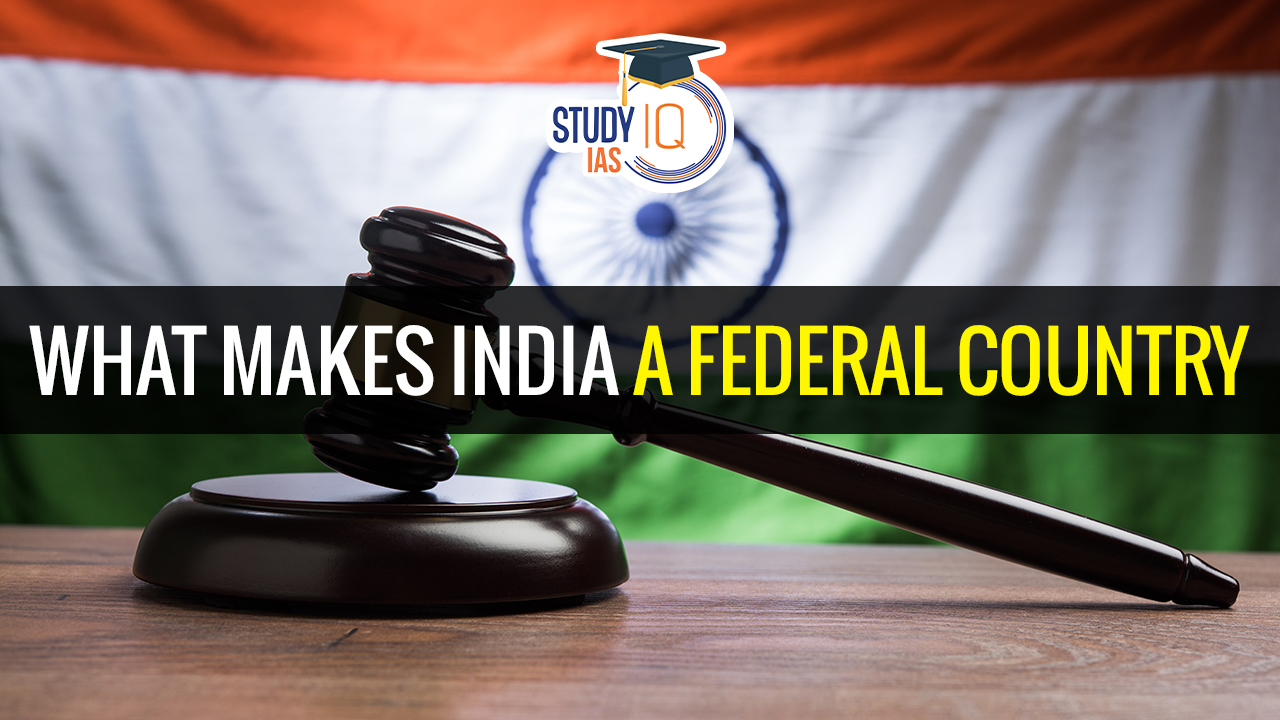
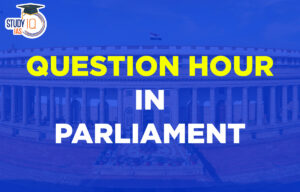 Question Hour in Parliament: Meaning, Ty...
Question Hour in Parliament: Meaning, Ty...
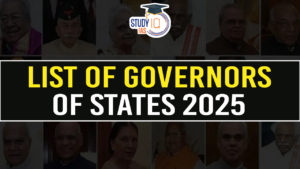 List of Governor of States in India, Con...
List of Governor of States in India, Con...
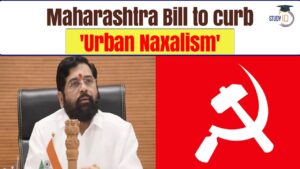 Maharashtra Bill to Curb Urban Naxalism,...
Maharashtra Bill to Curb Urban Naxalism,...


